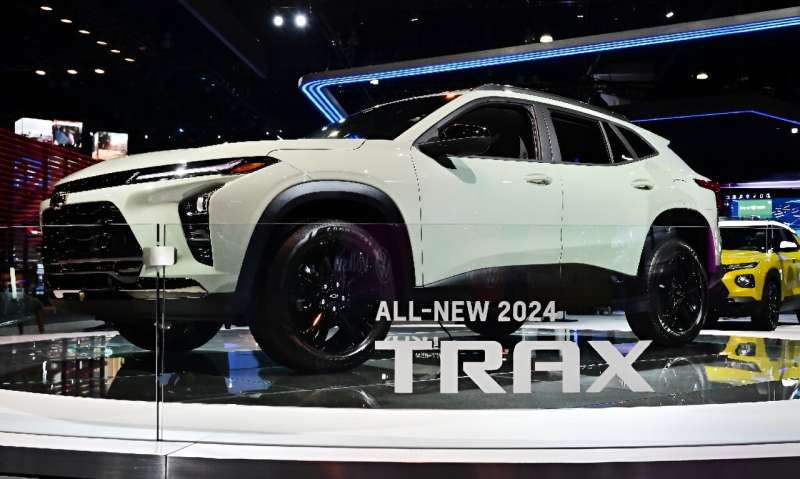The US auto industry faced a mixed bag of results in Q3 2024, with some automakers experiencing declines while others saw modest gains. Affordability challenges, inventory shifts, and anticipation of lower interest rates are shaping the evolving dynamics of this crucial sector. Automobile industry in the United States holds significant implications for the broader economy.

Navigating the Shifting Tides
Quarter Three of 2024 showed a mishmash of results for the US automotive industry, a mirror image of the clash between numerous market developments. Ford and Honda were able to post small improvements, while Stellantis and GM saw drops across the board.
The influx in the sector scene largely due to a mixture of affordability issues and expectations for lower interest rates. As a result of the long tail of Covid and inflation concerns, consumers are becoming increasingly picky with their money maneuverings… many pressure points to pay attention to for these folks are slowly getting brushed under as they look back at ways to tighten the belt. Thus, little options such as the Chevrolet Trax are growing in popularity as shoppers stretch functionality dollars tighter and further.
The Hybrid Advantage
During the otherwise tepid performance, high demand for hybrid cars was one of a few bright spots. The biggest beneficiary of that move appears to be Ford, which saw a 38% increase in sales of hybrids, while its EV sales growth trailed Ford’s gains. These sales trends show that today, the US market for hybrids is larger and also growing faster than the EV market, as consumers attempt to thread a needle between eco-consciousness and frugality.
There is also some suggestion from analysts that Toyota, Honda and Ford are simply better positioned to take advantage of consumer interest because they have made significant investments in hybrid development. Whether or not it will be advantageous depends on the development of the hybrid electric vehicle technology and the feasibility a status of mid-way between traditional internal combustion engines and the all-electric future [4] desired by the whole industry.
Get Ready for the High Tide
In an otherwise difficult industry climate, car dealers are hopeful that sales will pick up after the election. Meanwhile, some experts say that the unexpected surrounding the presidential election might cause buyers to pause and wait for things to cool down before making a decision.
In addition, the possible rate cut by the Federal Reserve later this year suggests help is on the way for the sputtering auto lending market to stimulate car purchases. Car companies are already planning to tackle that, with aggressive incentive programs like those from Stellantis to clean out old inventory and get their dealer networks ready for 2025 models.
But as is clear from changes to user preferences and market conditions, the industry will have to change with it if it wants emerge like a phoenix from the ashes of 2020.
